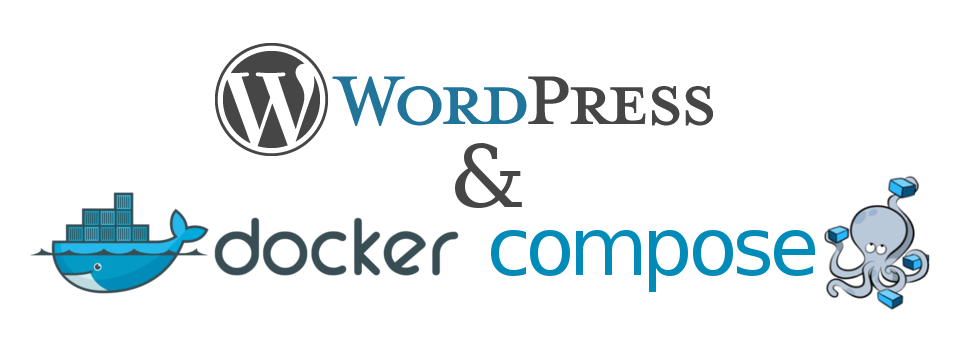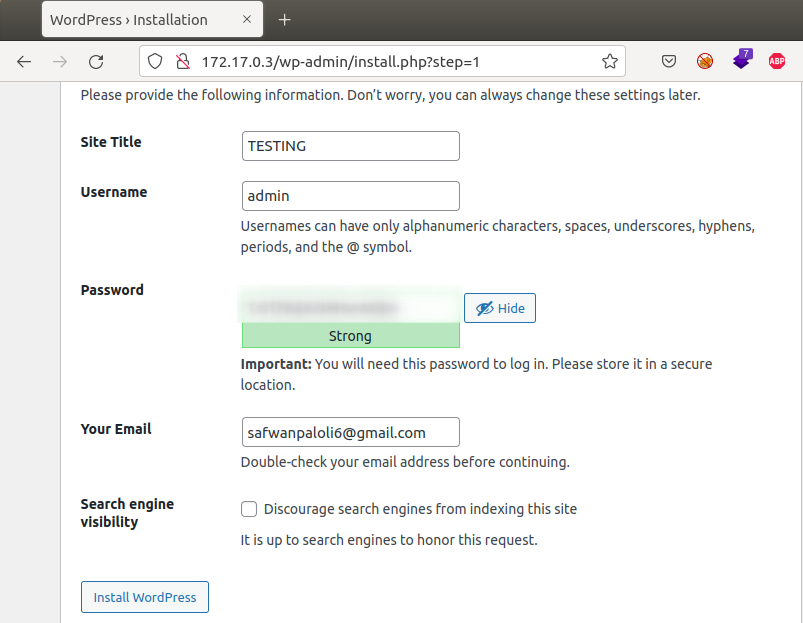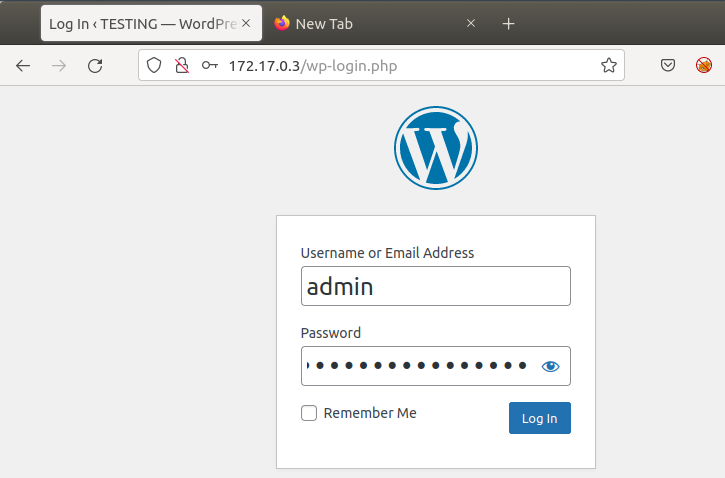wordpress with Docker-Compose

Docker Compose is a tool for running multi-container applications on Docker defined using the Compose file format. A Compose file is used to define how the one or more containers that make up your application are configured.
Installation on ubuntu 18.04
sudo apt-get install docker-compose
docker-compose version
docker-compose version

Starts all containers in the working directory that have been stopped
docker-compose start
Stops all running containers in the current directory
docker-compose stop
Validates and displays configuration
docker-compose config
Lists all containers running in the working directory
docker-compose ps
This command stops and removes all containers in the working directory
docker-compose down
Configuring WordPress with Compose
create a wordpress-compose and navigate to it.
mkdir wordpress-compose && cd wordpress-compose
Setting up containers with Docker Compose works by creating a Dockerfile and docker-compose.yml in the desired working directory
create a docker-compose.yml file. This will tell docker how to configure and start the WordPress and MariaDB containers.
leafpad docker-compose.yml
wordpress:
image: wordpress
links:
- mariadb:mysql
environment:
- WORDPRESS_DB_PASSWORD=password
- WORDPRESS_DB_USER=root
volumes:
- ./html:/var/www/html
mariadb:
image: mariadb
environment:
- MYSQL_ROOT_PASSWORD=password
- MYSQL_DATABASE=wordpress
volumes:
- ./database:/var/lib/mysql
Using the command below, create new containers. This starts both containers in the background and leaves them running. If you wish to see the output from the containers just leave out the -d to deploy the applications in the foreground.
docker-compose up -d
-d running in foreground
You need to wait until the installation is complete. Once the process is complete, you’ll see something similar to the example output below.

Check the docker-compose log
docker-compose logs

Your WordPress server’s public IP address or domain can be viewed in your web browser to check the installation. The WordPress initial setup page should look like the image shown below.
sudo ifconfig docker0



